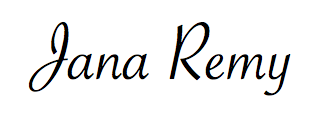
Now, do you think this ‘tells’ you something that a list of remedies wouldn’t? It certainly does highlight the fact that most remedies were an acidic solution that was mean to be gargled by the patient. But what else does it tell you (other than that I am a geek)?
(Note: a larger image can be found by clicking the image above or on this text)

3 comments
Have you played with Google’s ngram viewer yet? It lives here:
http://books.google.com/ngrams
And you might like the TED.com presentation on it here:
http://www.ted.com/talks/what_we_learned_from_5_million_books.html
Really interesting, and surprisingly nuanced research if you start playing around with it!
Yes, I have played with it quite a bit, and am even including some of my findings in a dissertation chapter :)
That is so cool! I just love the expansion of knowledge and information possible through this amazing digital world we’re creating.
I’m about to bring it up in reference to King Alfred and his perceived role in the foundation of English literature and the English nation. Don’t know why, but medievalists are often the first in our dept to embrace emerging technologies.